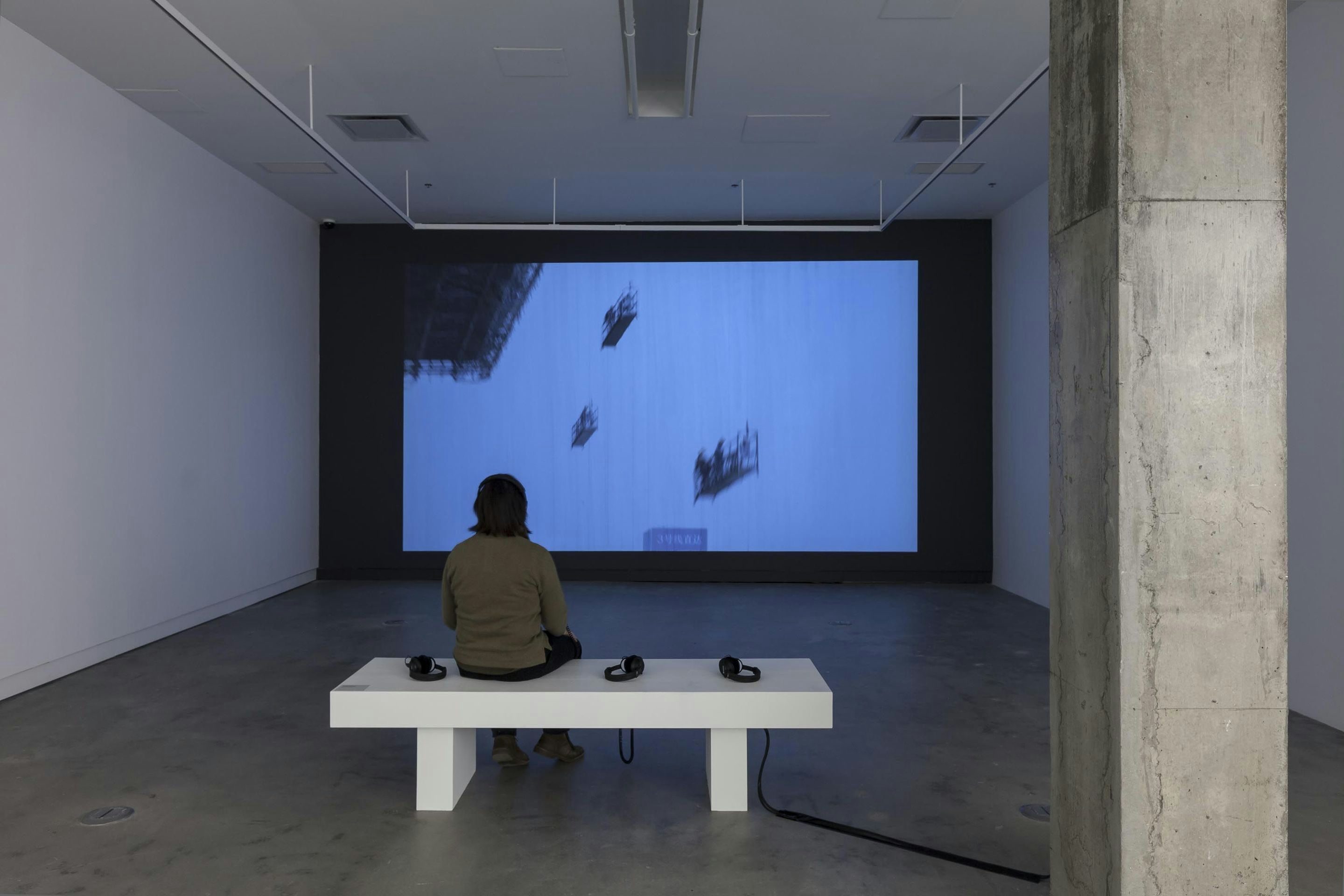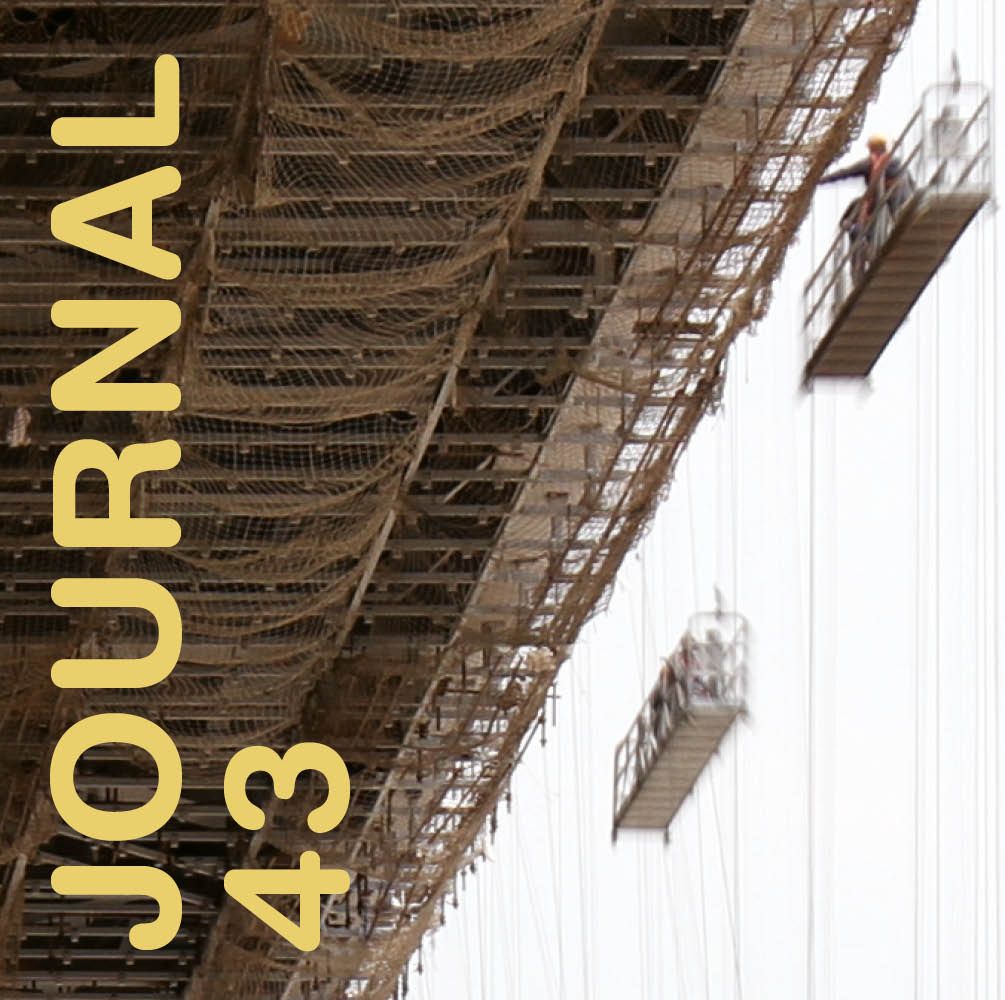
Zachary Formwalt
2013.11.02 - 12.21
JONHAN HARTLE
The Latin-derived term capital (as echoed in “capital crime” or “capital punishment”) refers to a crime for which one has to pay with one’s life, or more literally (going back to the original caput) one’s head. Also in the Marxist sense of the term and in Marx’s own metaphor, as coagulated “living labour,” or, more explicitly, “dead labour,” capital is linked to death in various ways.
Along these lines, Zachary Formwalt’s reflections on the history of photography are dealing with various forms of capital imagery as well. His materialist approach to the history of photography—embedding the successive development of the medium in the histories of finance, capital accumulation, and urban development—not only emphasizes photography’s structural analogies with the history and development of capital (the effect that the development of capitalism, economic crises, the stock market, bankers, etc. have played in it); it also points to the potential of photography as a space for that which it tends to repress: moving, acting, and productive bodies.

Formwalt thus accentuates the symbolically (or more precisely, ideologically) loaded tensions between photography (the long exposure times of Henry Fox Talbot’s early photographs of architecture, the picturesque representation of nature) and early forms of film (such as Eadweard Muybridge’s chronophotography or forms of time-lapse photography) with bodily motion and the temporality of production, or, more emphatically put: human agency.
This goes far beyond the commonsensical lament concerning the relation between photography and death (which holds a prominent position in the theory of photography). Formwalt’s interest is more precise: seen from a materialist perspective (according to which human beings produce their own circumstances), photographic imagery is interpreted as a form of dead labour, which tends to fetishize the object of its representation as if it was not embedded in social relations, as if it had not been effected by human history.
The problem was central to Marx’s analysis of capital and its dialectical method of presentation. As he states in his 1844 Paris Manuscripts (anticipating much of Guy Debord’s critique of the spectacle), money (as materialized form of capital) turns “an image into reality and reality into a mere image.” Money, in other words—just like images—reduces complex social processes to something static, thing-like.
In this precise structural sense Formwalt argues that photography and early forms of film are isomorphic and thus complicit with the logics of capital. This critique of photography, however, does not fall from the sky. It echoes a long Marxist tradition of the critique of photography. As Bertolt Brecht had famously argued, “less than ever does the mere reflection of reality reveal anything about reality. A photograph of the Krupp works or the AEG tells us next to nothing about these institutions.” And if a certain practice of images tends to fetishize social reality by reducing it to mere things, which form of aesthetic representation could then most powerfully break this spell ? How could one use images to disenchant the apparent reality of that which is as that which has become, and which could, for precisely that reason, also have become differently ?
In a dialectical fashion, Zachary Formwalt’s critical reconstruction of the history of photography introduces an understanding of photography that may claim to be of such disenchanting—de-fetishizing—power. It does so without lessening the photographic aesthetics of surface, perspectivity, and composition. Formwalt’s expanded version of photography, however, is more than aesthetic in this narrow sense. It is based on a montage of social relations, on precise pictorial analysis, on historical narration and socio-theoretical reflection, which brings the denial of the social reality behind the photographic image back into the picture. In this way photography transcends the “immense accumulation of spectacles,” the mere accumulation of images, and presents itself as both a crystallization of social relations and as the means to their reflection.
The somewhat didactic means of montage, historical reconstruction and theoretical reflection, which find their expression in the monotonous, if not melancholic, voiceover, are not the only means of re-interpreting photography as a subversive medium. If photographic imagery represses residual and resistant layers of social reality, Formwalt has his own techniques of addressing them and bringing them back into vision. By cross-fading still images and moving images (as in the impressively slow and silent last sequence in Through a Fine Screen), employing inverted time-lapse photography (as in the observation of the process of constructing the Shenzhen stock exchange in Unsupported Transit ), and blending different photographic images of the same object (Henry Fox Talbot’s different versions of the Royal Exchange in In Place of Capital ). In all of these cases, repressed layers of visual representation silently re-appear, indirectly and ambiguously.
These hidden human agents might remain historically abstract in Fox Talbot’s different versions of the Royal Exchange. They become socially concrete in Shenzhen and Central Park: Chinese construction workers who carry the whole megalomaniac development of hypercapitalist China on their shoulders, and the revenants of evicted shantytown inhabitants and squatters in historical New York’s most glamorous developmental project, Central Park.
This ghostly presence of the living, the residual and the resistant, allows another layer of the political to enter Formwalt’s narrative: photography does not only repeat the ideological structure of capital, it also records—and maybe even anticipates—traces of the repressed, as unpredictable and unstable as they are.